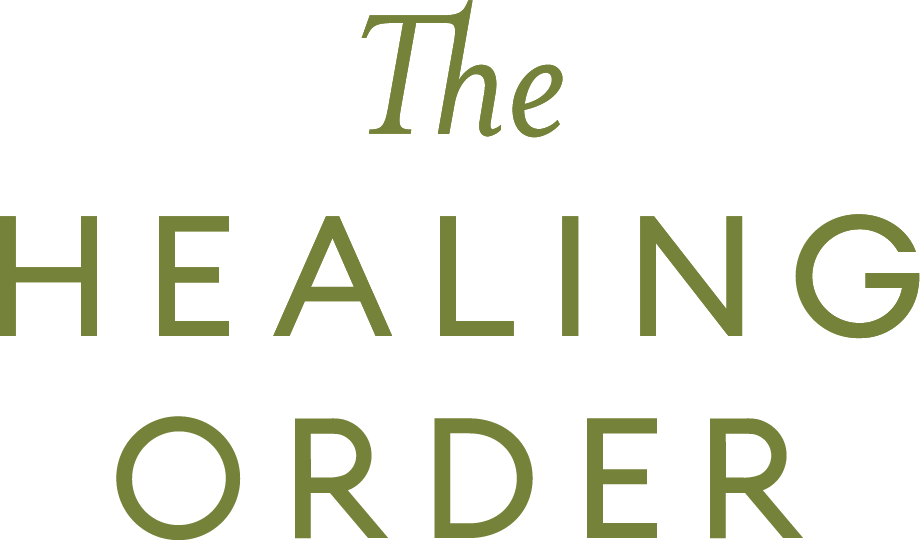For Winter: Nourishing Lamb Stew with Butternut Squash and Dang Gui
By Ellen Goldsmith
This lamb stew is a family favorite.
I do not often eat lamb, but I know when I need it; in the cold, dark, damp days of winter in the Pacific Northwest. This is a star recipe in the Winter section of recipes in my book Nutritional Healing with Chinese Medicine: +175 Recipes for Optimal Health
This nourishing and comforting lamb stew is perfect if you often tend to feel cold. The addition of warming and aromatic spices further enhances its healing qualities. The recipe was inspired by and adapted from a recipe by Nina Simonds in her book A Spoonful of Ginger. I’ve added herbs that are typical in Chinese medicinal soups; they are especially beneficial for women and people with circulation issues. Serve as-is or over steamed brown rice.
RECIPE
2 lbs trimmed cubed lamb shoulder or lamb stewing cubes (1½ inch / 4 cm cubes )
1 oz dried dang gui
1 butternut squash (about 2 lbs/1 kg), peeled, seeded and cut into 1 ½inch (4 cm) cubes
1 bunch Swiss chard (12 oz/375 g), stemmed and cut into 2 inch wide ribbons
SAUCE MIXTURE
1⁄4 cup tamari or soy sauce
1⁄4 cup rice wine, such as sake
1 tbsp coconut sugar or Demerara sugar
In a medium bowl, stir together 5 cups (1.25 L) water, tamari, wine and coconut sugar. Set aside.
SPICE MIXTURE
In a Dutch oven, heat oil over medium heat. Add Sichuan peppercorns and cook, stirring, for 15 to 30 seconds or until grayish. Using a slotted soon, remove Sichuan peppercorns and discard.
Add ginger, green onions, garlic, cinnamon sticks and star anise to pan and cook, stirring, for about 15 seconds or until fragrant.
Add lamb to spice mixture. Cook, turning often, for about 5 to 7 minutes or until browned on all sides.
Pour in sauce mixture and bring to a boil. Reduce heat and stir in dang gui. Partially cover and simmer, stirring every 30 minutes and skimming off any foam or fat that rises to the surface, for 2 hours or until lamb is fork-tender.
Stir in squash. Partially cover and cook, stirring occasionally and skimming off any foam or fat that rises to the surface, for 30 to 60 minutes or until squash is tender. Discard cinnamon sticks, ginger and star anise.
Stir in Swiss chard. Partially cover and cook for 5 minutes or until wilted and tender.
Spoon into serving bowls. Serve immediately.
TIPS
I like to use grass-fed lamb in this recipe. If you want a meatier dish, you can increase the amount to 3 lbs (1.5 kg).
Heating the spices in oil builds a deep flavor base for the stew. We remove the Sichuan peppercorns after this step so that you don’t end up biting into a nugget of numbing, spicy pepper in the finished dish.
Dang gui and Sichuan peppercorns are available online, and in Asian grocery stores, Chinese medicinal herb stores and specialty spice shops. Dang gui is usually sold dried and sliced.
VARIATION
I invented this vegan variation while teaching (vegetarian) students to cook with medicinal herbs. It is nourishing, aromatic and rich tasting. Substitute two 15 ½-oz (439 g) cans chickpeas, drained and rinsed, for the lamb. Or cook them from scratch: soak 1½ cups (375 mL) dried chickpeas in 5 cups (1.25 mL) water overnight or for up to 8 hours.
Drain and rinse well. In a large saucepan, combine chickpeas, 4 cups (1 L) fresh water and 1 piece (1 inch / 2.5 cm square) dried kombu. Bring to a boil. Reduce heat to low and simmer for 1 ½ hours or until tender. Reserving cooking liquid, drain chickpeas well. Use reserved cooking liquid in place of some of the water in Step 1. To cook the stew, complete Steps 1 and 2. Stir in chickpeas. Reduce cooking time in Step 4 to 15 minutes. Add squash in Step 5 and reduce cooking time to 20 to 30 minutes. Continue with recipe.
HEALTH TIPS
Lamb is a warming, blood building meat, and long cooking enhances these effects. In Chinese medicine, blood is considered a woman’s essence, so this is a great dish for promoting female health. It is also excellent for anyone who habitually feels cold in the winter. However, if your body tends to run hot, it may be best to skip this stew.
The herb dang gui is used in Chinese herbal medicine to nourish, warm and enhance circulation, and is often administered to treat menstrual disorders. The herb is added to stews, soups, teas or tonic wines to support the yin and blood.
The ginger and dang gui in this stew echo the ingredients in a traditional Chinese medicinal lamb soup called Dang Gui Sheng Jiang Yang Rou Tang from the 2nd century herbal text Jing Gui Yao Lue. It is recommended to women post menses or postpartum experiencing weakness, fatigue and cold in the abdomen.
The longer you cook this stew, the stronger its therapeutic value. The meat will also break down and be easier to digest and absorb.
From Nutritional Healing with Chinese Medicine: + 175 Recipes for Optimal Health, Ellen Goldsmith, MSOM, L.Ac., Dip.C.H., with Maya Klein, Ph.D.
To see more recipes, purchase Ellen’s book here or on Amazon here. Makes a great gift!
© 2017 All rights reserved: Nutritional Healing with Chinese Medicine: + 175 Recipes for Optimal Health, Ellen Goldsmith, MSOM, L.Ac., Dip.C.H., with Maya Klein, Ph.D.
CHINESE HERBALIST & LICENSED ACUPUNCTURIST
 Ellen Goldsmith is a nationally board certified, licensed acupuncturist and Chinese herbalist. Her integrative body centered and intuitive approach is grounded in decades of study and experience which are key to collaborating and working with people to help them reach their goals.
Ellen Goldsmith is a nationally board certified, licensed acupuncturist and Chinese herbalist. Her integrative body centered and intuitive approach is grounded in decades of study and experience which are key to collaborating and working with people to help them reach their goals.
She is known for her enduring confidence that each person has the power within to resolve challenges, grow and heal.
From working with AIDS patients in the 80s, to trauma survivors, to performing artists, to high functioning professionals, elders and young people, Ellen is deeply equipped to guide people through challenging issues.

